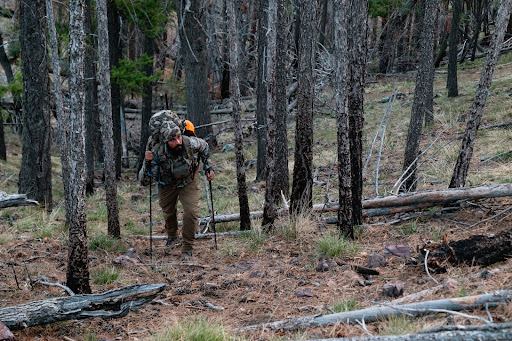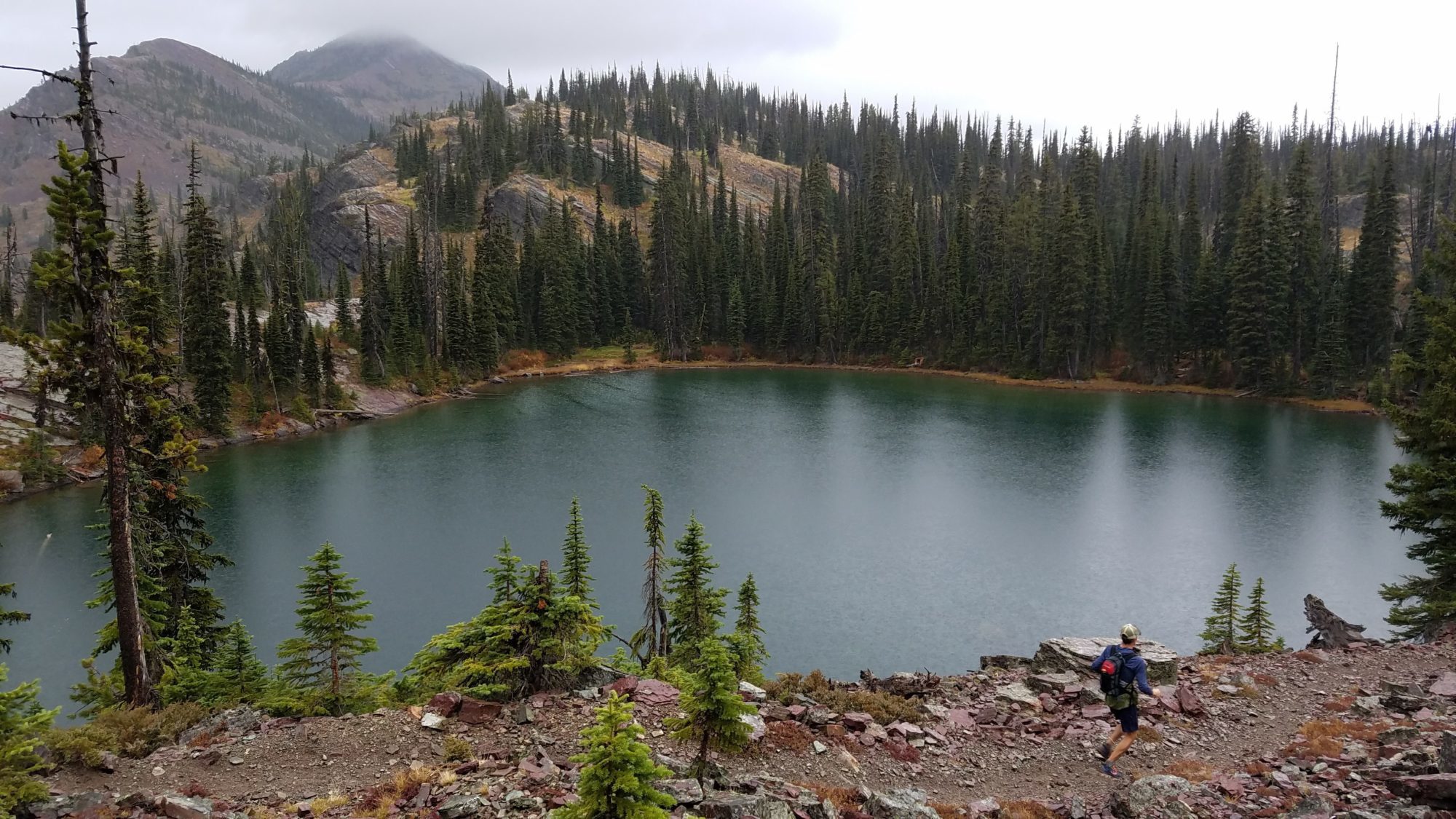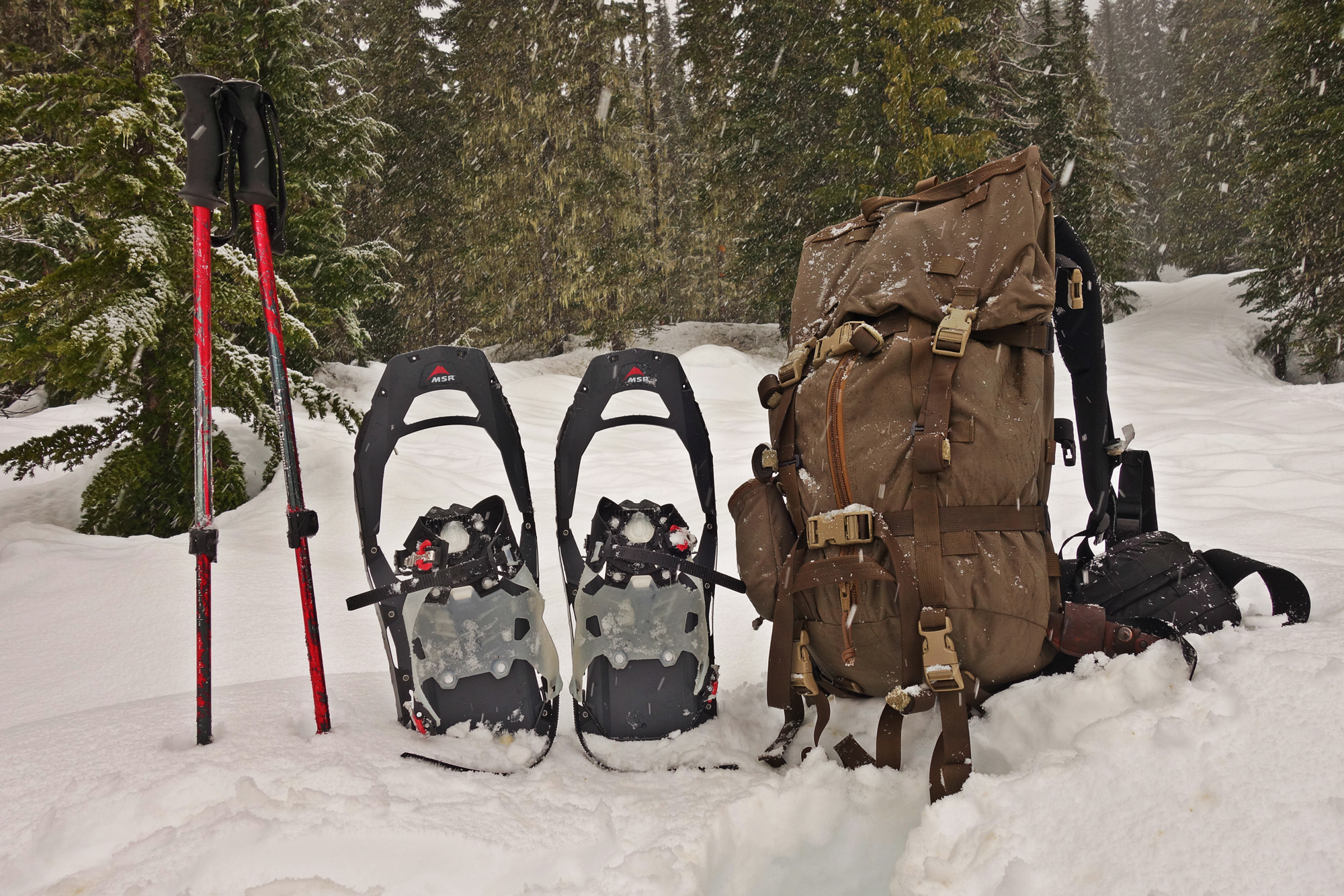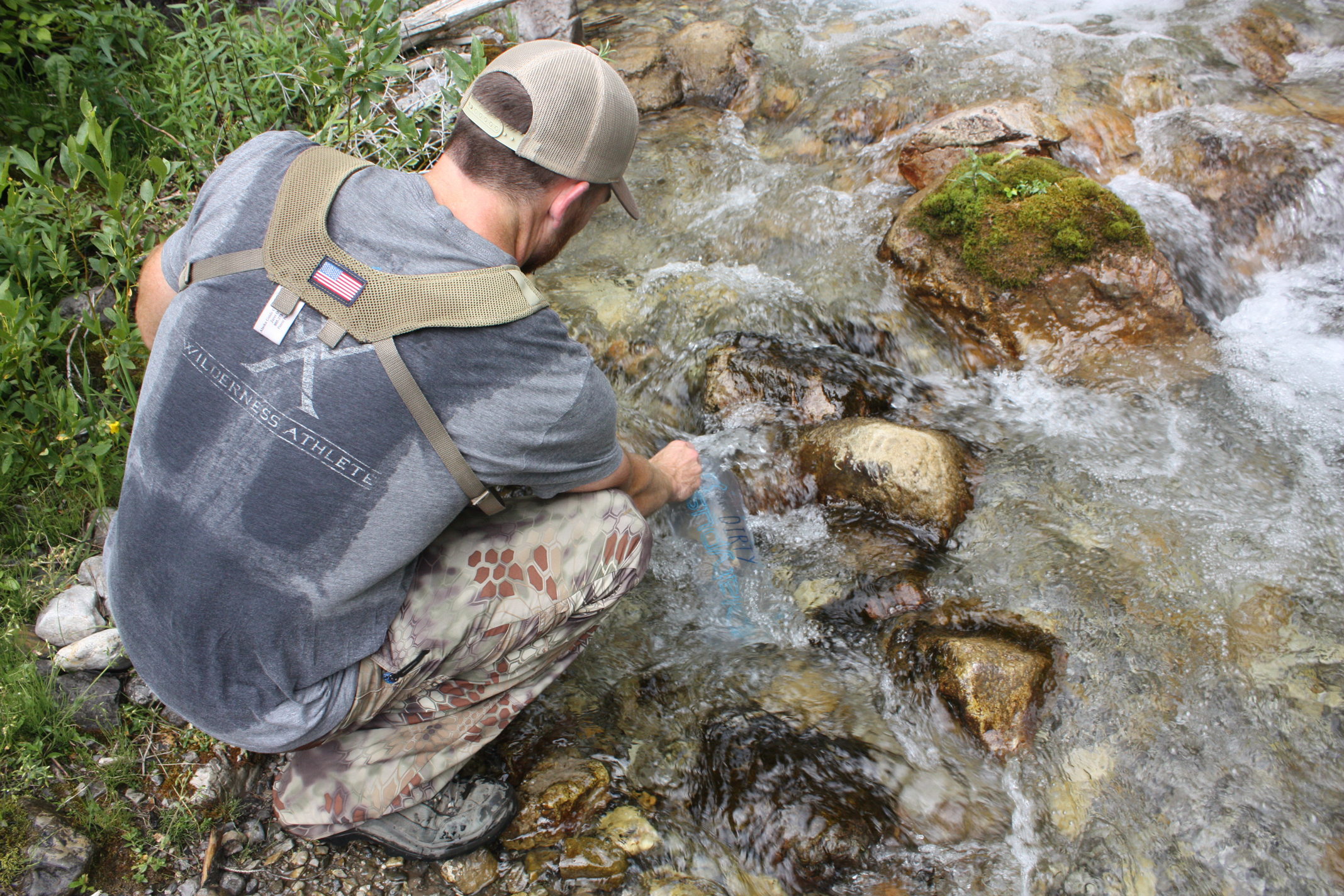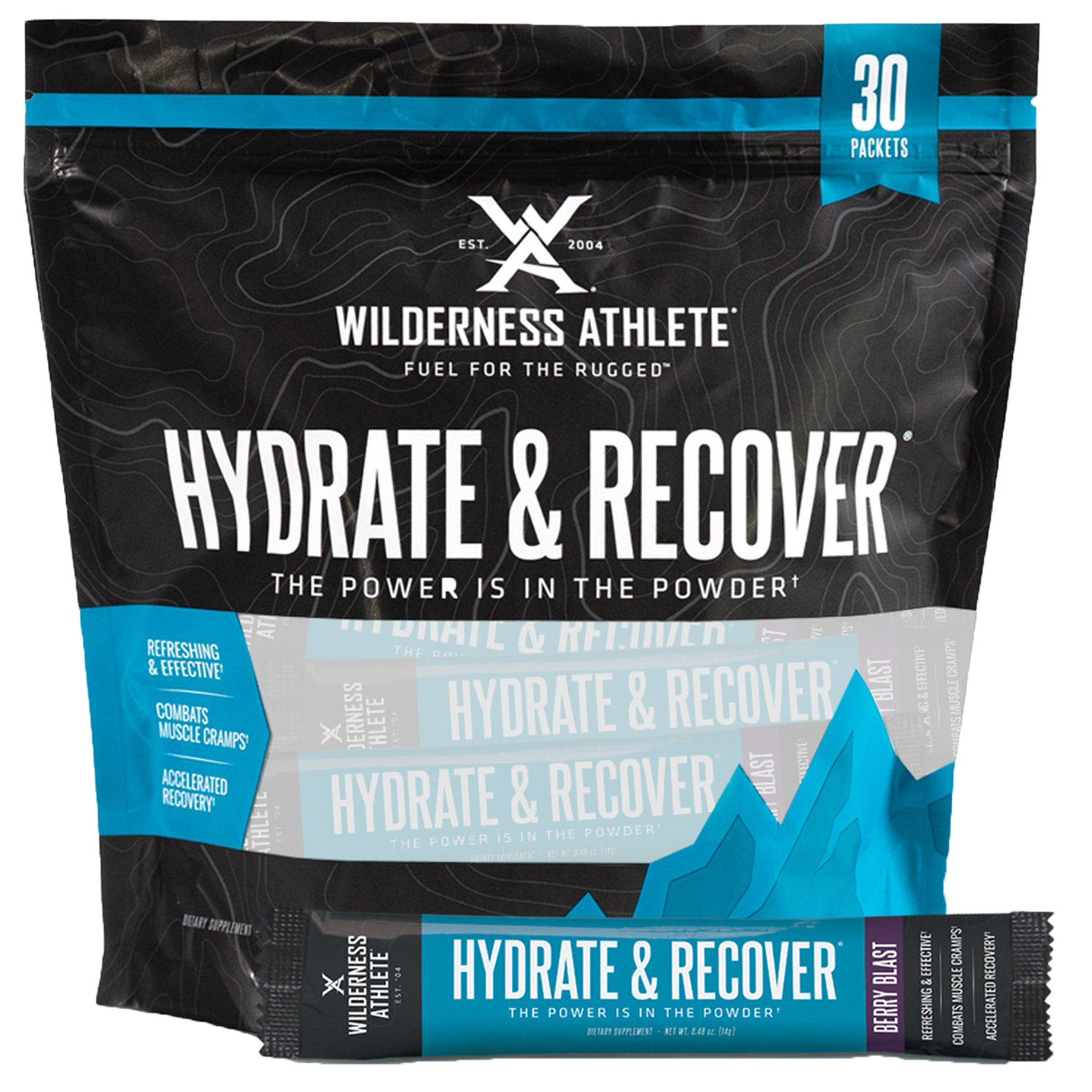You’re excited. With a loaded-down backpack, a desolate trail ahead, and a big game tag in your pocket, adventure is no doubt on the horizon. Each step you take is one closer to a cozy backcountry camp and endless opportunities. Along the way though, you’re greeted by an uninvited guest. A muscle cramp proceeds to begin “cramping your style.” Now with each step you take, all that’s on your mind is “why me, and how the heck do I get this to go away?”
I’ve been there. And been there more than once. Cramping in the backcountry is a very real thing, and I’ll say it’s bound to happen to you at least once, especially if you’re a frequent backpack hunter. Through dealing with more than my fair share of painful hikes, due to cramping, I’ve come up with a personal sort of recipe for both prevention and care in the field.
Before I dive into this, I just want to say that everything I talk about below this point is from my own experience and the experience of people I know. I am not an expert, just a well-practiced student.
Cramping in the Backcountry – Prevention
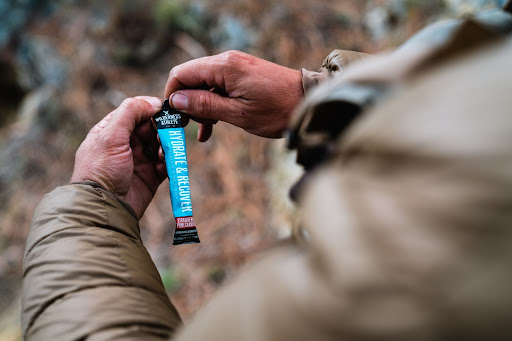
The first ingredient in my recipe is prevention. Try to nip this cramping thing in the butt before it even starts. There are three things I keep in mind when trying to prevent cramping in the backcountry.
Stretching/Massage
From my own experience, stretching and massage are huge in preventing cramping. When we cramp, our muscles are essentially balling up and putting undue tension on us. And we all seem to have problem areas. Mine is my calf. Getting regular massages on these problem areas of ours will help keep our muscles loose. Take care of your muscles and they’ll take care of you.
Physical Activity
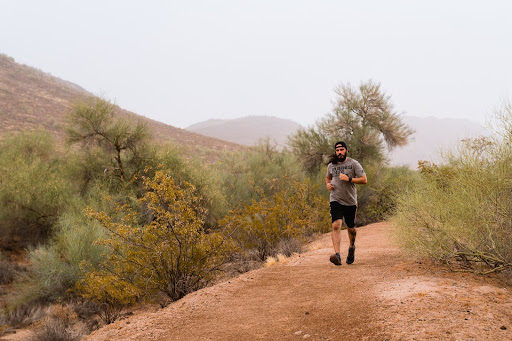
My Dad always told me if you’re not moving around regularly you’ll rust. Now, sitting here at the ripe age of 37, I know exactly what he’s talking about. I’ve noticed from regular physical activity my muscles are more apt to stay loose and not cramp. And if they do cramp a bit, it seems easier to deal with. This as opposed to just throwing an 8-mile weight pack hike at them out of the blue is a much better way to mitigate cramping. Get your body used to physical activity now so it’s ready to handle physical activity in the future.
Pre-Hydration
I can guarantee you something right now. Every time I’ve ever cramped in the backcountry, dehydration is a massive contributing factor. Without proper hydration, we’re setting ourselves, and our muscles, up for failure. So, I’ve learned to pre-game here. For instance, the day before a big hike into camp, I’ll down both an adequate amount of water throughout the day, as well as a Hydrate and Recover. In a perfect world, this is how I’d start every hunt. This is far from a perfect world though, which is why I know doing this matters. Because I’ve neglected to in the past and paid the price.
Cramping in the Backcountry – Care in the Field
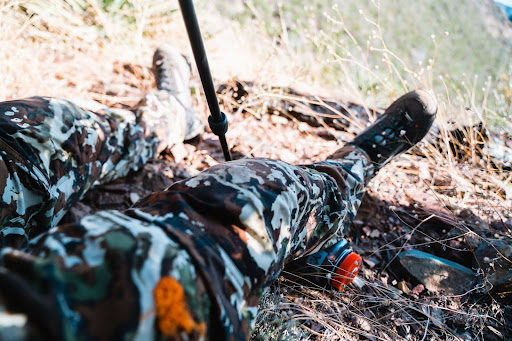
Inevitably, you’ll have to deal with cramping at some point in the field. These are a few things I always keep in mind and have used to my advantage for care.
Stay Hydrated
Yeah, I know. I sound like a broken record with the hydration thing. However, just because you pre-gamed your hydration, doesn’t mean you can slack on it once in the field. This is a constant that we always need to be aware of. So, be sure to take regular water breaks. Heck, set a timer if you need to remember to drink every 20 minutes or so. I know what it’s like to be enveloped in the moment, but we’ve gotta take care of ourselves to fully enjoy it all.
Don’t Let Minor Shift to Severe
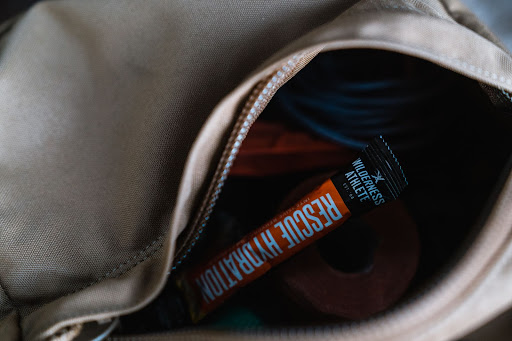
If you feel a muscle starting to cramp, stop and try to take care of it sooner than later. It’s far better, and easier, to remedy a cramping muscle sooner than later. I can be a hard-headed fella from time to time and have paid the price here too. “Just another mile to the top of the ridge,” I’ll tell myself. No, stop and take care of it now. Whether that means resting and hydrating, or rolling it out. I’ll always have a Rescue Hydration with me for instances like this as well.
Rolling Out Knots
Rolling out knots is a pain that never hurt so good. In all honesty, it can be excruciating. Especially, if you wait too long. So, if and when, a muscle cramp arises taking the time to squash it might be painful, but I promise you it’s worth it. Carrying a foam roller with us in the backcountry isn’t ideal though right? Not to worry. I’ve used Nalgene bottles in the past with success in rolling out knots. I’ve also used a trekking pole to grind a knot down to a manageable state. It’s not fun, but necessary to keep performance up.
Cramping in the Backcountry – Parting Words
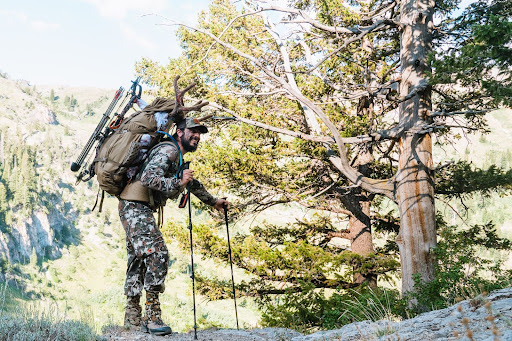
Cramping in the backcountry is no joke. I’ve seen it end hunts for folks, and fallen victim to that myself. I was reminded of this just this past spring packing in for black bears in Arizona. What was supposed to be a three-day jaunt, shifted to an overnight trip. My calf felt like there was a golf ball in it and I hobbled five miles out back to the rig. In no way was I in shape to be back there, let alone tag a bear. Had I heeded my advice, things may have played out differently. Instead, I got too comfortable and neglected to think ahead. Fast forward to August and I didn’t let that happen for my mule deer hunt. Life is filled with lessons and that was a valuable one for me. Hopefully, with what I’ve laid out above, you’ll spend less time hobbling and more time hunting.

